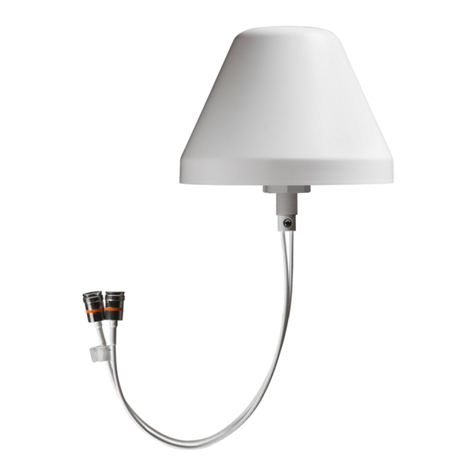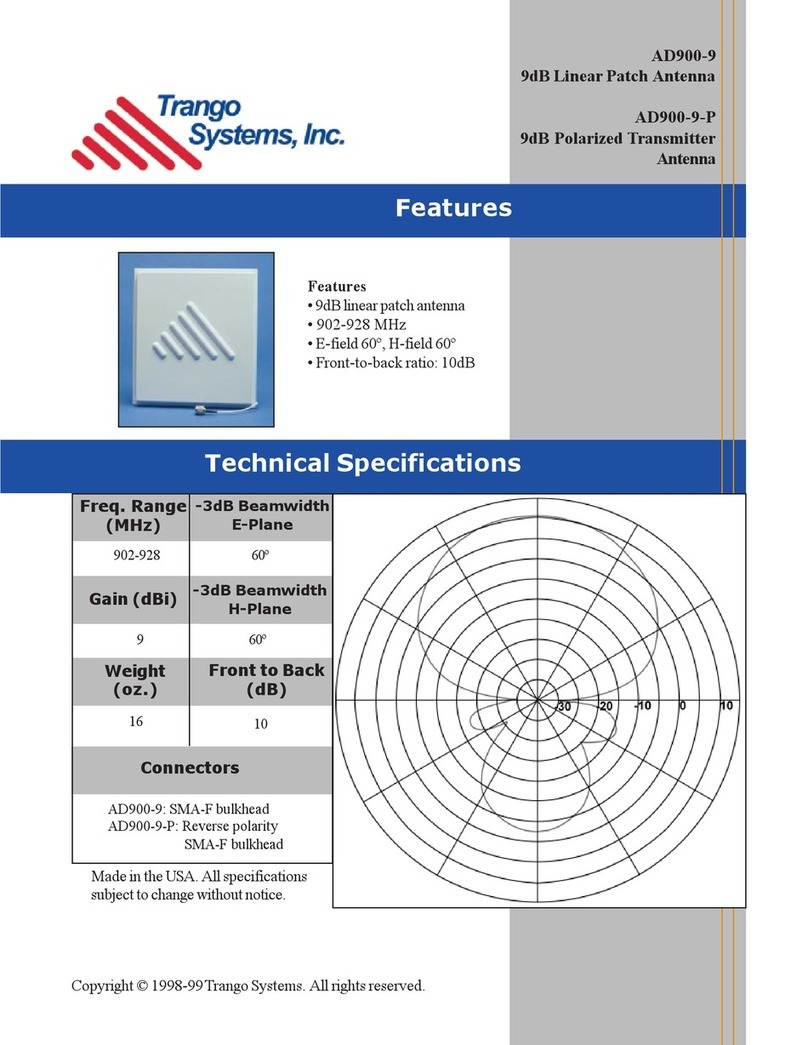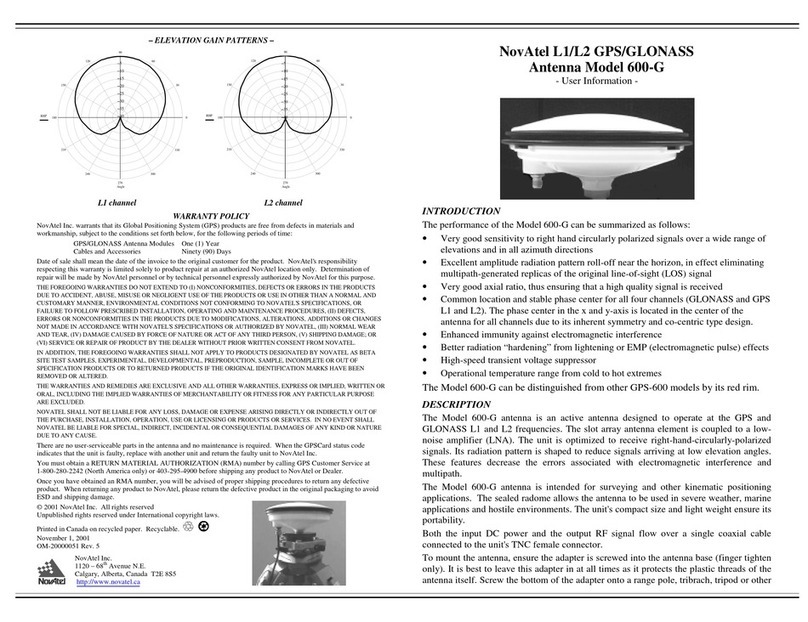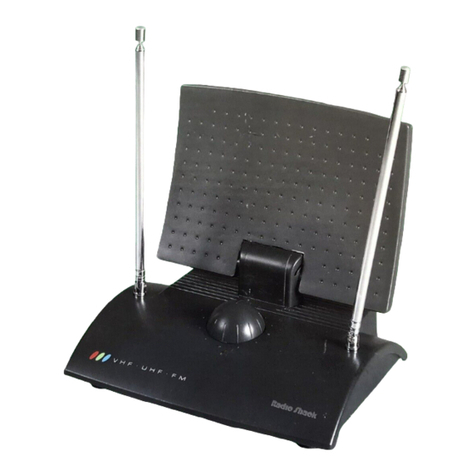
10
4832C–RKE–02/06
ATA5278
Table 3-1. SPI Commands
No.I/OMSB654321LSBDescription
1I1
O1
0
SR
0
0
0
0
0
0
0
0
0
0
0
RTS
0
0
Check status of IC
SR: 0 system not ready, 1 system ready
RTS: 0 modulator not ready, 1 modulator ready
2I1
O1
0
SR
0
0
0
0
1
0
0
0
0
0
0
RTS
1
0
Reset fault memory
SR: 0 system not ready, 1 system ready
RTS: 0 modulator not ready, 1 modulator ready
3I1
O1
0
SR
0
0
1
0
0
0
0
0
0
0
0
RTS
1
0
Stop modulator
SR: 0 system not ready, 1 system ready
RTS: 0 modulator not ready, 1 modulator ready
4I1 0
SR
1
0
0
0
0
0
0
0
0
0
0
RTS
1
0
Enable power-down mode
SR: 0 system not ready, 1 system ready
RTS: 0 modulator not ready, 1 modulator ready
5
I1
O1
I2
O2
0
SR
0
0
0
0
0
0
0
0
IC3
0
0
0
IC2
0
0
0
IC1
0
1
0
IC0
1
0
RTS
0
0
0
0
AP
0
Write configuration register 1
SR: 0 system not ready, 1 system ready
RTS: 0 modulator not ready, 1 modulator ready
IC3..0: antenna coil current selector
AP: 0 ASK modulation mode, 1 PSK modulation mode
6
I1
O1
I2
O2
0
SR
X
0
0
0
X
0
0
0
X
IC3
0
0
X
IC2
0
0
X
IC1
1
0
X
IC0
1
RTS
X
0
0
0
X
AP
Read configuration register 1
SR: 0 system not ready, 1 system ready
RTS: 0 modulator not ready, 1 modulator ready
IC3..0: antenna coil current selector
AP: 0 ASK modulation mode, 1 PSK modulation mode
7
I1
O1
I2
O2
0
SR
0
0
0
0
0
0
0
0
0
0
0
0
0
0
1
0
0
1
0
0
BR1
0
0
RTS
BR0
0
0
0
PS
0
Write configuration register 2
SR: 0 system not ready, 1 system ready
RTS: 0 modulator not ready, 1 modulator ready
BR1..0: LF data baud rate selector
PS: 0 CLKO prescaler disabled, 1 prescaler enabled
8
I1
O1
I2
O2
0
SR
X
0
0
0
X
0
0
0
X
0
0
0
X
0
1
0
X
0
0
0
X
BR1
1
RTS
X
BR0
0
0
X
PS
Read configuration register 2
SR: 0 system not ready, 1 system ready
RTS: 0 modulator not ready, 1 modulator ready
BR1..0: LF data baud rate selector
PS: 0 CLKO prescaler disabled, 1 prescaler enabled
9
I1
O1
I2
O2
0
SR
X
0
0
0
X
0
0
0
X
IC
0
0
X
CH
1
0
X
OL
1
0
X
SH
1
RTS
X
SL
0
0
X
OT
Read status register
SR: 0 system not ready, 1 system ready
RTS: 0 modulator not ready, 1 modulator ready
IC: illegal command received
CH: overcurrent in antenna footpoint detected
OL: open load detected
SH: overcurrent to VBATT detected at driver output
SL: overcurrent to GND detected at driver output
OT: overtemperature detected
10
I1
O1
I2
O2
0
SR
X
0
0
0
X
D6
0
0
X
D5
0
0
X
D4
0
0
X
D3
0
0
X
D2
1
RTS
X
D1
0
0
X
D0
Check free LF data buffer space
SR: 0 system not ready, 1 system ready
RTS: 0 modulator not ready, 1 modulator ready
D6..0: free logical LF data bits in buffer
11
I1
O1
Ix
Ox
1
SR
HB7
B7
D6
0
HB6
B6
D5
0
HB5
B5
D4
0
HB4
B4
D3
0
HB3
B3
D2
0
HB2
B2
D1
RTS
HB1
B1
D0
0
HB0
B0
Write LF data to buffer and start modulator
SR: 0 system not ready, 1 system ready
RTS: 0 modulator not ready, 1 modulator ready
D6..0: number of logical LF bits to be written into buffer
HB7..0: LF half bits (2 for one logical bit)
B7..0: input bit from the previous controller data word



























